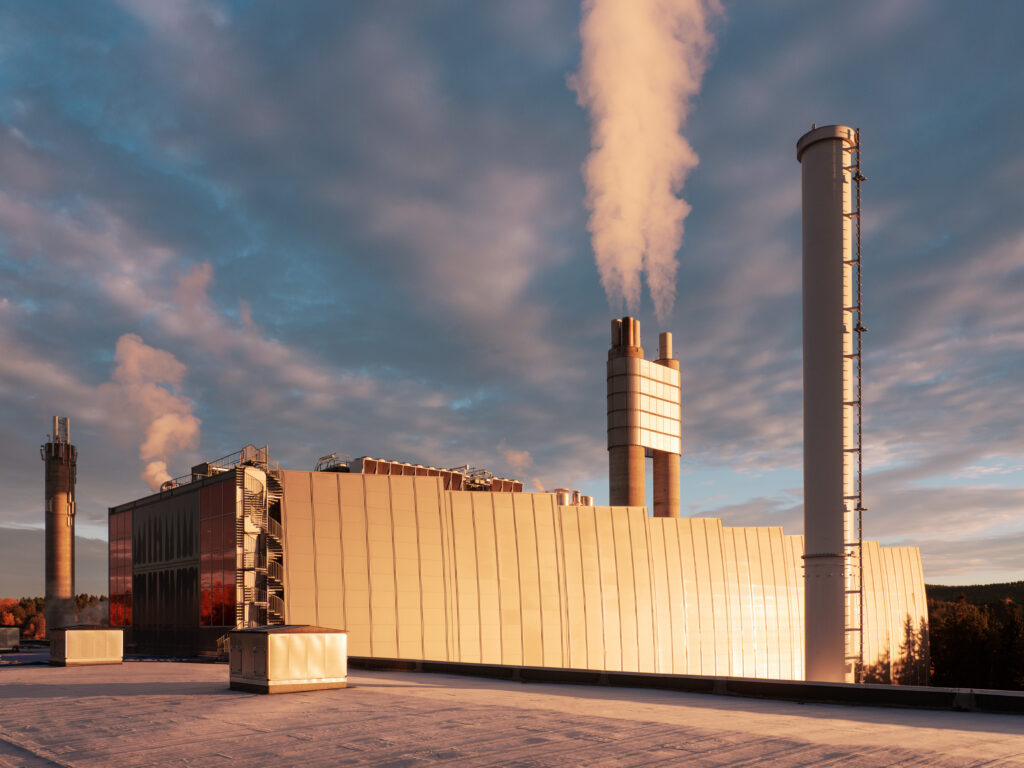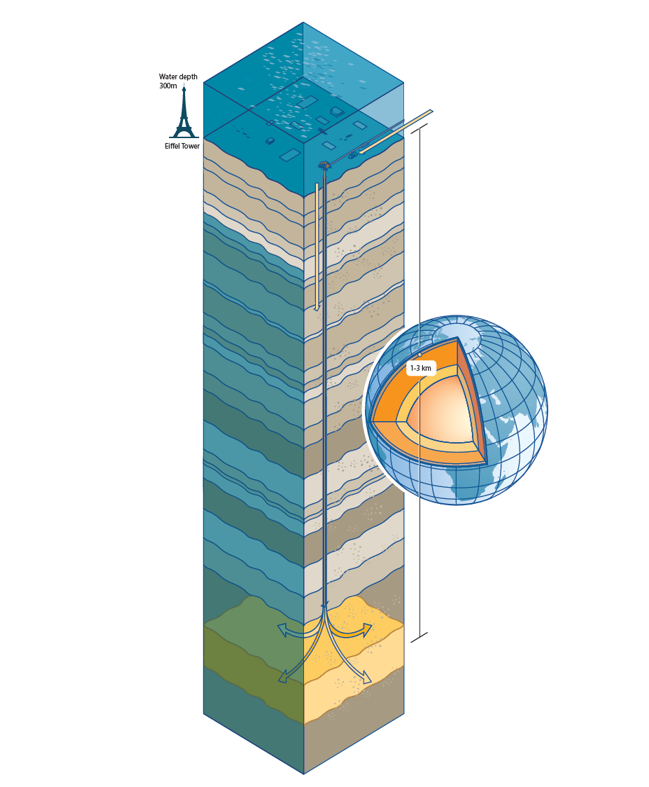
Klemetsrud carbon capture agreement signed
The first plant to capture CO2 from waste incineration is now being realised. ‘Today’s deal will see the state, the city of Oslo and Celsio work together to realise the world’s first carbon capture plant based on waste incineration. Oslo will thus be able to meet its ambitious citywide climate goals and demonstrate to other …



